Image of 1941 Studebaker M16, sourced from en.wikipedia.org , Image Link.
Performance Metrics
Fundamental Metrics
Emotional Appeal
MMP Rating
| Engine Specifications | |
|---|---|
| Engine: | Inline 6 |
| Displacement: | 226 cubic inches |
| Horsepower: | Estimated 94 hp |
| Torque: | 170 lb-ft |
| Compression Ratio: | Estimated 6.5:1 |
| Ignition System: | Distributor and coil |
| Cooling System: | Liquid-cooled |
| Performance Specifications | |
| 0-60 Time: | Not available due to the vehicle's age and intended use as a commercial truck |
| 1/4 Mile Time: | Not available due to the vehicle's age and intended use as a commercial truck |
| Top Speed: | 50-55 mph |
| Transmission and Drive | |
| Drive Type: | Rear-wheel drive |
| Transmission Type: | 4-speed manual |
| Fuel and Efficiency | |
| Fuel System Type: | Carburetor |
| MPG: | Estimated 10-15 mpg (due to the vehicle's age and engine technology) |
| Dimensions and Brakes | |
| Brakes: | Hydraulic drum brakes |
| Wheelbase: | 128 inches |
| Weight: | 3,400 lbs |
Note: Specifications for classic cars are given to the best of our ability, considering the limited and variant data available.
The Unmistakable Stalwart: The 1941 Studebaker M16
The 1941 Studebaker M16 is not just a vehicle; it's a testament to American resilience and innovation during a time of global upheaval. Born from the Studebaker Corporation, an automaker renowned for its craftsmanship and forward-thinking designs, the M16 emerged as a robust and reliable truck that would become an integral part of the American war effort during World War II. With its distinct, rounded front end and commanding presence, the M16 was more than just a truck—it was a symbol of strength and dependability.
Design and Innovation
The exterior of the 1941 Studebaker M16 exudes a sense of purpose with its bold, utilitarian lines. Its large, vertical grille and pronounced fenders gave it an authoritative stance, while the simplicity of its design underscored the practicality that was demanded during wartime. Inside, the cabin was spartan but functional, with durable materials meant to withstand the rigors of heavy use. Technological features were modest by today's standards, yet advanced for its time, including a powerful six-cylinder engine that was capable of delivering the necessary torque for hauling heavy loads.
Color options for the M16 were typically limited to those suitable for military and industrial use, with olive drab being a popular choice due to its association with military vehicles. The truck was available in various body styles, including cargo and flatbed versions, but it was the classic panel truck that became iconic, often seen delivering supplies on the home front or supporting troops overseas.
Historical Significance
The 1941 Studebaker M16's impact on automotive design was less about aesthetics and more about its contribution to wartime logistics. Its robust construction set it apart from civilian vehicles of the era and helped establish Studebaker's reputation as a manufacturer capable of meeting the demands of war. The M16's legacy is evident in the post-war trucks that borrowed elements from its design, emphasizing functionality and reliability over luxury.
Performance and Handling
Performance-wise, the Studebaker M16 was not built for speed but for endurance. Its top speed and acceleration were modest, with more emphasis placed on torque and load capacity. Handling was straightforward, with a no-nonsense approach to navigating rough terrain and challenging conditions. Drivers of the M16 often praised its reliability and the reassuring rumble of its engine—a sound that became synonymous with dependability.
Ownership Experience
While originally designed for military and industrial use, post-war surplus saw many M16s repurposed as daily drivers, farm vehicles, or even show cars. Maintenance was relatively easy thanks to the truck's simple mechanics and Studebaker's commitment to parts availability. Reliability was one of its strong suits, making it a favorite among those who valued durability over frills.
Fun Facts
The 1941 Studebaker M16 has its share of trivia. For instance, some were modified into fire trucks and service vehicles after the war. While not known for breaking speed records, the M16 held its own in terms of endurance and versatility. It also had its moments in the spotlight during historical events, often seen in wartime newsreels and photographs.
Collector's Information
Today, the 1941 Studebaker M16 is a prized possession among classic truck collectors. While production numbers were substantial due to military demand, surviving examples in good condition are relatively rare. Current value ranges can vary widely based on condition and originality, with fully restored models fetching premium prices. As a piece of American history, the M16 has seen a steady appreciation in value among enthusiasts who cherish its wartime legacy.
Conclusion
The 1941 Studebaker M16 is more than just a classic vehicle; it's a rolling piece of history that represents a pivotal moment in American automotive engineering. Its rugged design, reliable performance, and historical significance make it a standout among vintage military vehicles. For collectors and history buffs alike, the M16 isn't just a truck—it's a storied artifact from an era when vehicles were built to last and serve with distinction.
1941 Studebaker M16 Catalog of Parts
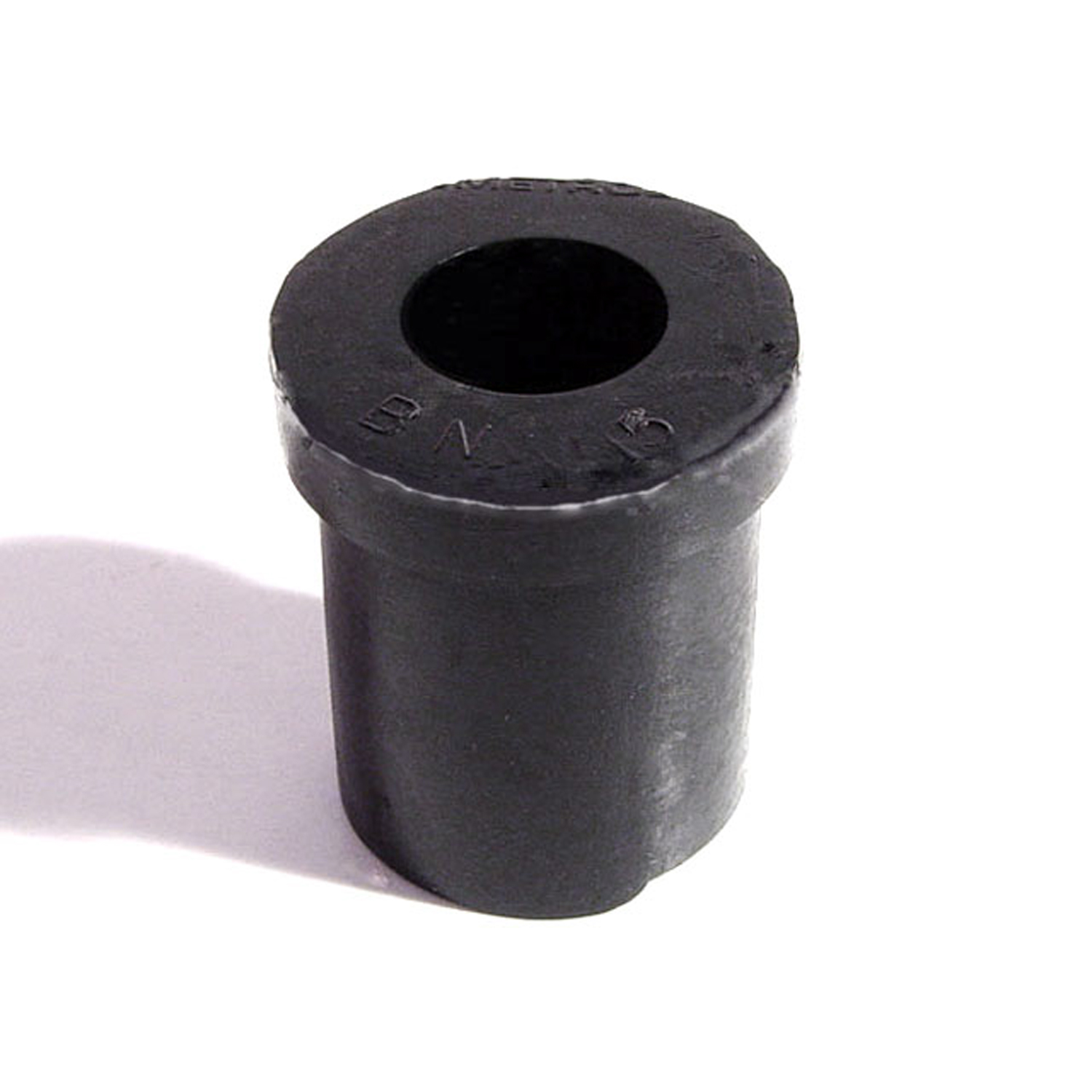 1941 Studebaker M16 Spring and Shackle Bushing. 7/8" bottom O.D-BN 15Spring and Shackle Bushing. 7/8" bottom O.D. X 1-1/8" high, with 1/2" I.D. Each
1941 Studebaker M16 Spring and Shackle Bushing. 7/8" bottom O.D-BN 15Spring and Shackle Bushing. 7/8" bottom O.D. X 1-1/8" high, with 1/2" I.D. Each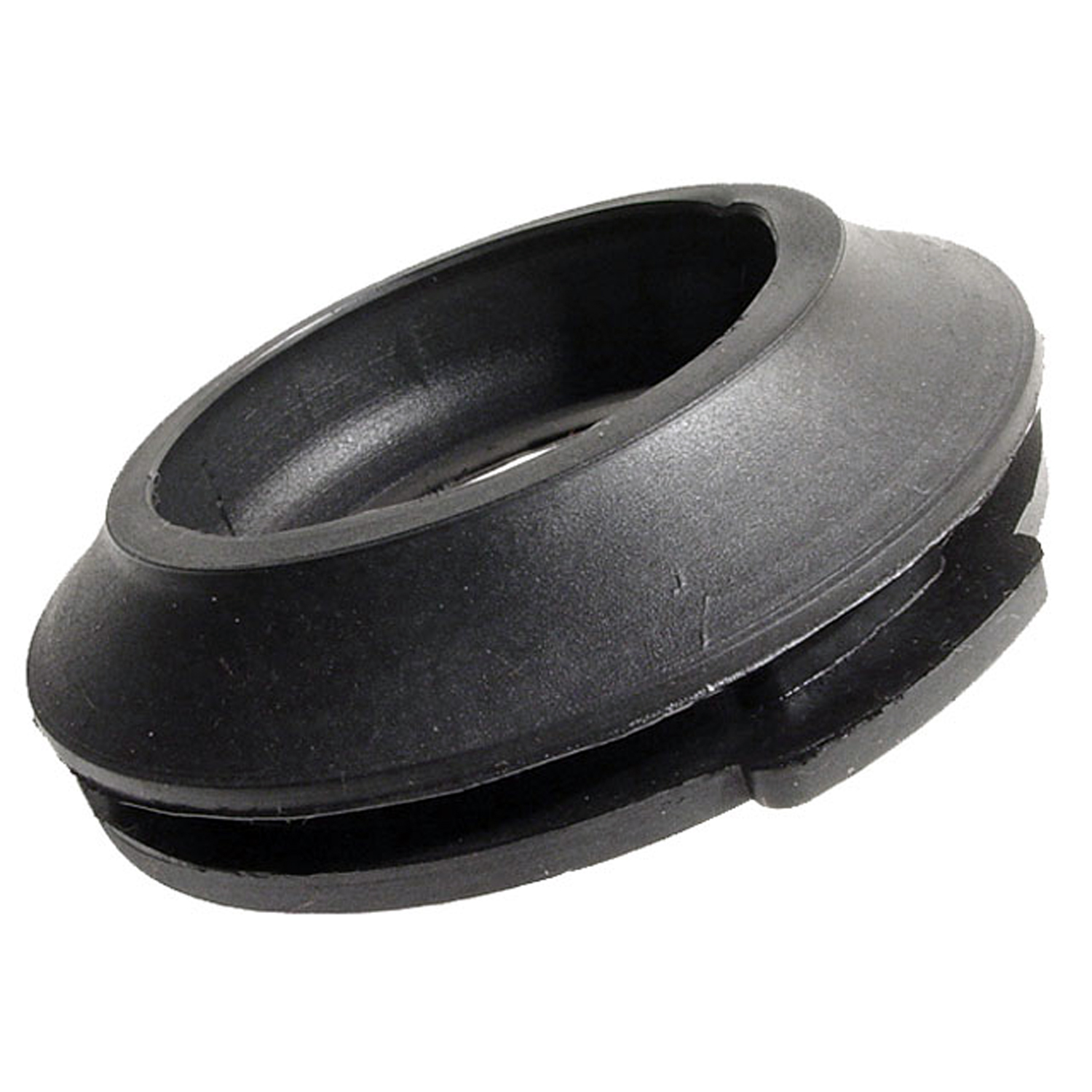 1941 Studebaker M16 Gas Filler Grommet. Perfect reproduction. Top 2-1/16" I.D-GF 45Gas Filler Grommet. Perfect reproduction. Top 2-1/16" I.D., 3-7/16" O.D. Each
1941 Studebaker M16 Gas Filler Grommet. Perfect reproduction. Top 2-1/16" I.D-GF 45Gas Filler Grommet. Perfect reproduction. Top 2-1/16" I.D., 3-7/16" O.D. Each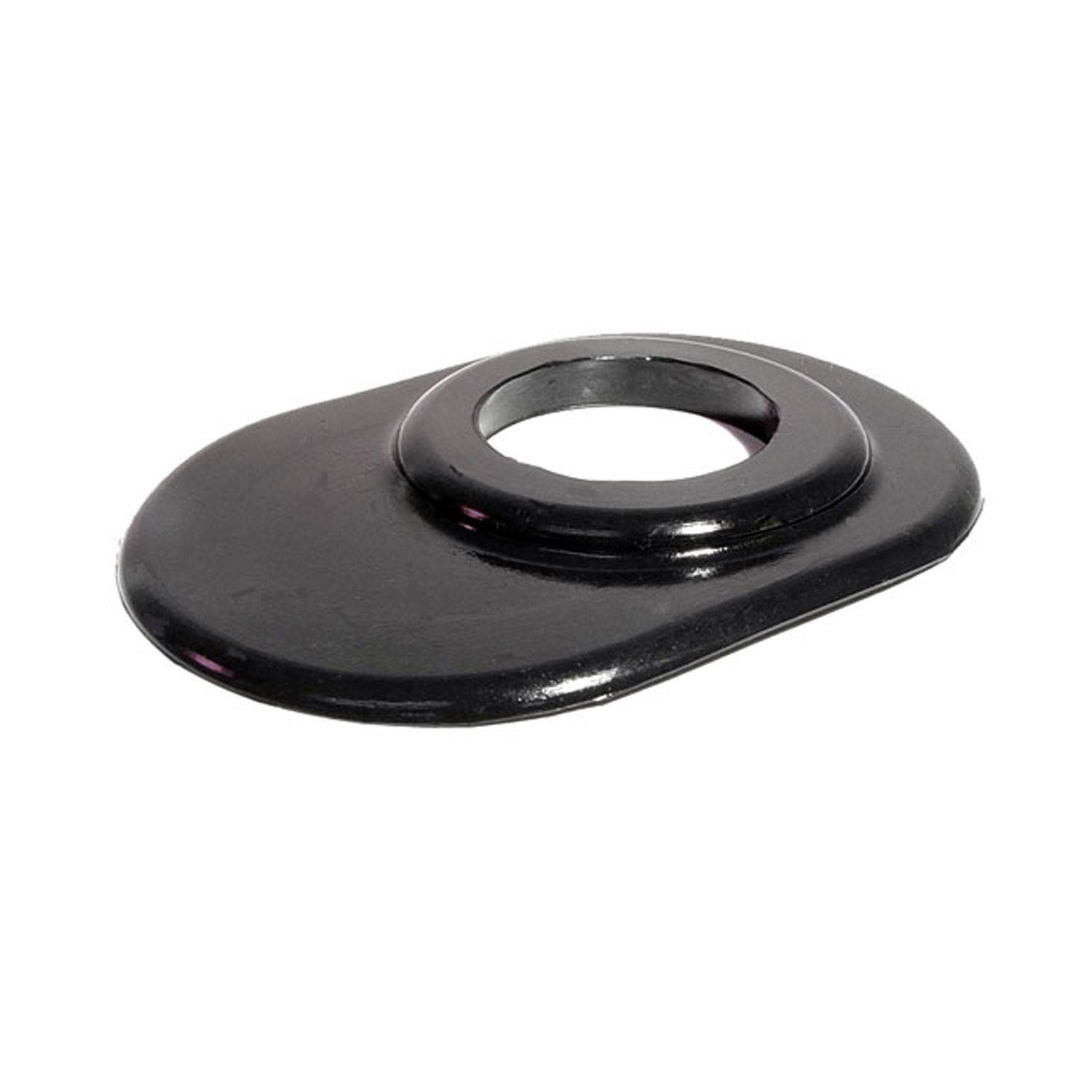 1941 Studebaker M16 Steering Column Grommet. For 4-speed models. Each-SC 24Steering Column Grommet. For 4-speed models. Each
1941 Studebaker M16 Steering Column Grommet. For 4-speed models. Each-SC 24Steering Column Grommet. For 4-speed models. Each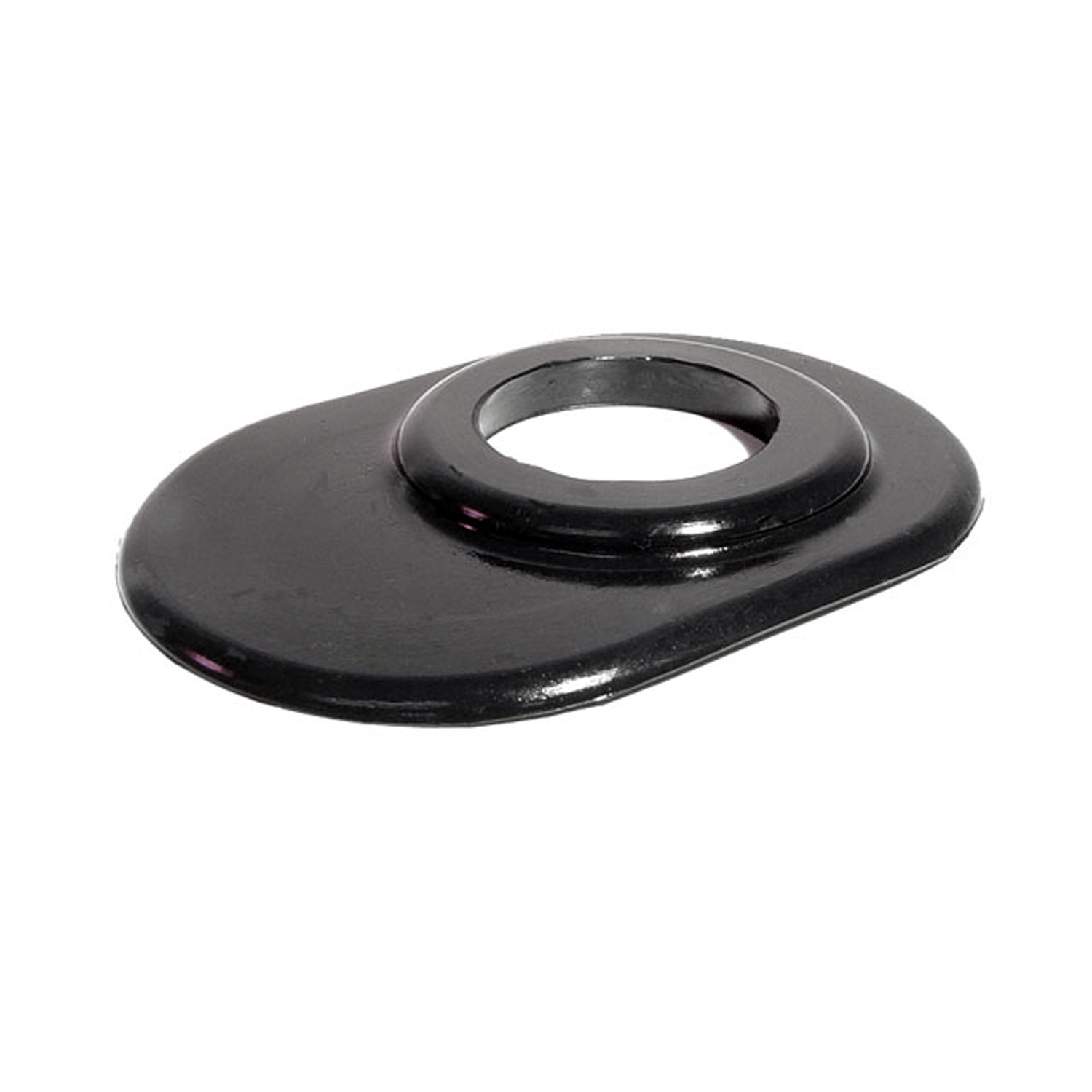 1941 Studebaker M16 Steering Column Grommet. For 3-speed models. Each-SC 24-ASteering Column Grommet. For 3-speed models. Each
1941 Studebaker M16 Steering Column Grommet. For 3-speed models. Each-SC 24-ASteering Column Grommet. For 3-speed models. Each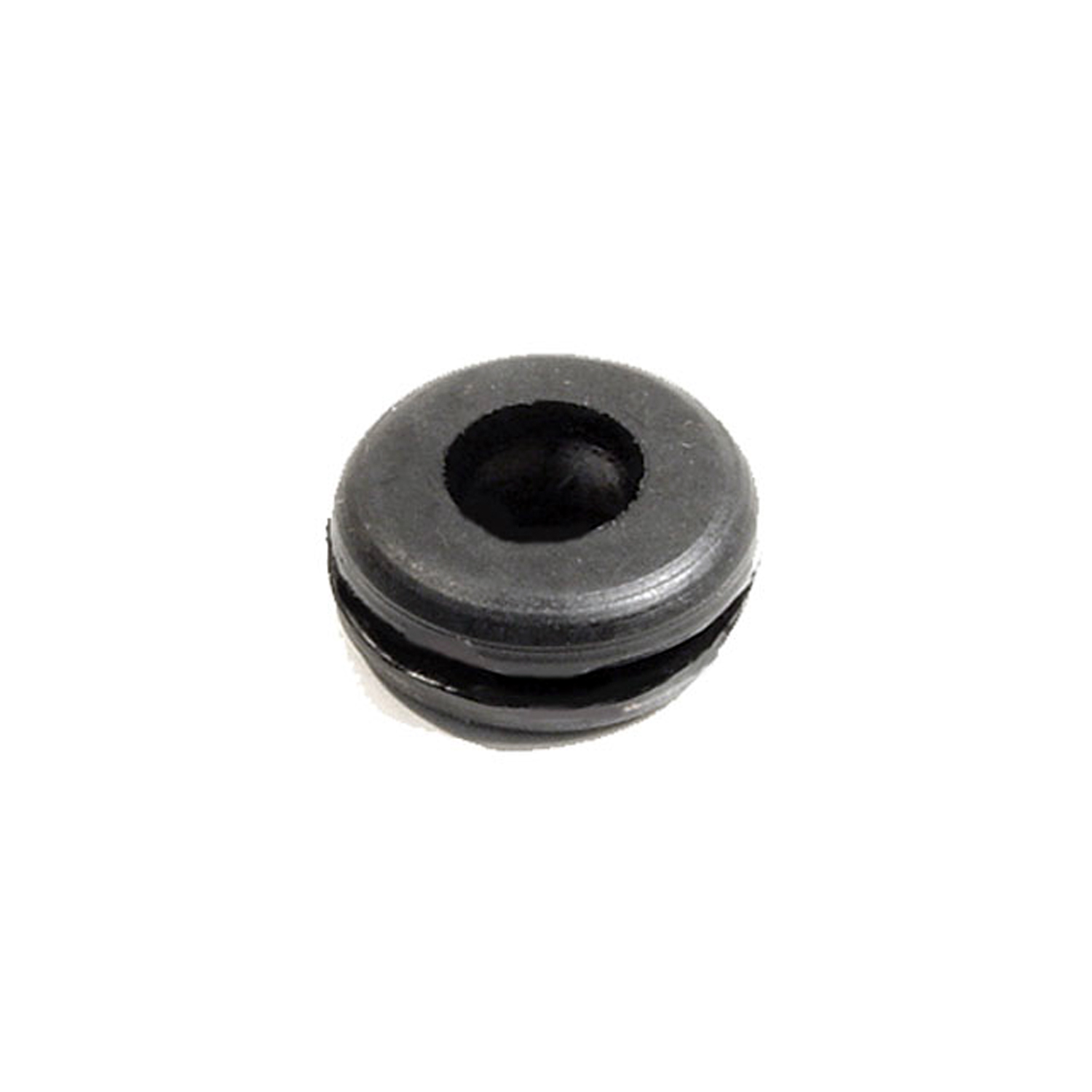 1941 Studebaker M16 Headlight & Tail-Light Wire Grommet. 3/8" I.D., 7/8" O.D-SM 13-AHeadlight & Tail-Light Wire Grommet. 3/8" I.D., 7/8" O.D. Each
1941 Studebaker M16 Headlight & Tail-Light Wire Grommet. 3/8" I.D., 7/8" O.D-SM 13-AHeadlight & Tail-Light Wire Grommet. 3/8" I.D., 7/8" O.D. EachWhy Choose Metro?
For over 100 years, Metro Moulded Parts has been the pinnacle of quality in classic car restoration parts. Our commitment to precision and authenticity in every component ensures a perfect fit and an OEM-level appearance.
- Expert Craftsmanship & Quality: Each part is a testament to our dedication to reliability and perfection, crafted from original designs and thoroughly tested.
- Advanced Technology: We use cutting-edge techniques to create flawless, long-lasting parts that surpass others in performance.
- SuperSoft Sponge – The Ultimate Door Seal: Not only are our door seals 30% softer than competitors', but they're also guaranteed to never leak. They effectively reduce wind and road noise, enhancing your classic car's comfort and driving experience.
- Proudly American: Our parts are a product of American craftsmanship, made in the USA with a spirit of excellence and heritage.
- Unrivaled Warranty: We back our products with a 30-year industry-leading warranty, a testament to our confidence in their quality.
Join us in preserving the legacy of classic cars with parts that are crafted for perfection, not just made.

